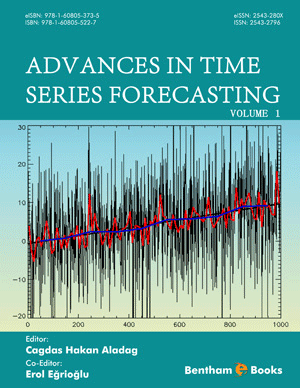Abstract
The enhanced understanding of the symbiosis between urban planning, traffic dynamics and local air quality is a needed goal towards the ultimate objective of promoting healthier and sustainable cities. This chapter is focused on the most powerful tool currently available for the assessment of air quality at the street-scale (i.e., at the pedestrian level): the Computational Fluid Dynamics (CFD) models. A brief overview of the numerical concept applied in the simulation of turbulent flows and dispersion processes is given. Major questions in the CFD modeling of urban environments are highlighted: the role of vehicle emissions estimation, the contribution of background concentrations to local air quality levels, and the capability of these tools to assess the impacts of urban planning strategies and scenarios. Examples of the application of a CFD model to real urban cases are given for the cities of Lisbon (Portugal) and Helsinki (Finland).
Keywords: Urban environments, urban planning scenarios, road transport emissions, emission control measures, emission modeling, air pollution, urban air quality, urban sustainability, pedestrians exposure, Computational Fluid Dynamics (CFD) models, fluid dynamics, Reynolds-Averaged Navier-Stokes Equations, data analysis in frequency domain, Kolmogorov-Zurbenko (KZ) filter, exhaust emission, emission factor, background concentrations, turbulence modeling, vegetative canopies, air pollutants dispersion.












